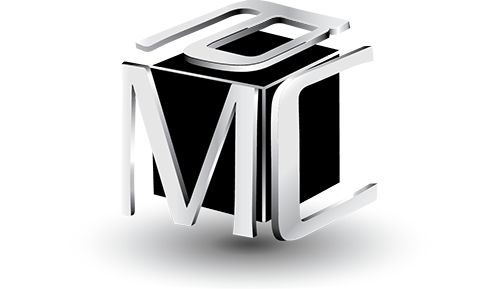“HR Just Doesn’t Get It”
“HR Just Doesn’t Get It”
How To Improve the Rep of the Much Maligned HR Function
Michael Couch
President
Michael Couch and Associates Inc.
Pittsburgh, PA
I was speaking at a state-wide conference of HR leaders held at a conference center with otherorganizations’ events. As I stood by the registration table, two men approached. One picked up the HR conference brochure. His companion noted that they were at the wrong place; this was a meeting for human resources people. The first man recoiled and dropped the brochure as if it were plague ridden. I
asked him what repulsed him. “HR just doesn’t get it,” he said and walked away.
His opinion isn’t rare. You can find articles and websites that tell why leaders and employees dislike HR. I started my career in HR but moved on to other business roles. Unfortunately, I haven’t seen much change in the profession. The reputation often seems deserved.
What can HR do to improve its reputation? Here are my thoughts as an outsider-insider.
Put business and business strategy first, people second
An organization’s talent has value only if supports and drives strategy. HR should build talent practices based on the company’s strategy, not the most recent fad. To say that HR follows an “Employees First” strategy is not a strategy.
Advocate as much or more for the business as you do for employees.
Stop calling employees “HR’s customers.” True customers buy and pay for the products and services an organization delivers. HR needs to focus on these real customers, build talent practices that serve them, and engage employees in this service. This is why I’m not a fan of the title, “Chief People Officer,” and why I cringe when individuals say that they want to work in HR because they “like working with people.”
Be proactive not reactive
HR tends to be whipsawed by changes in a business. That’s why it’s critical to learn the business, get ahead of the curve, and propose solutions that help solve or prevent problems, rather than waiting to clean up the mess afterwards. How often has HR seen a business problem on the horizon, approached the executive team, and suggested on how to address the problem from a talent perspective? Not often. Be the dog, not the tail.
Get out of the transaction business
Processing employee pay, benefits, leaves and other transactions are business necessities. But this work delivers no value to the marketplace, nor is it critical to the success of your company. Streamline employee transactions, centralize them, or outsource them all. Focus the major part of your resources on talent practices that create, sustain and improve the capability of your organization.
Focus on evidenced-based practices
Research has shown that high-performing organizations have a core set of practices that differentiate them from their low-performing counterparts. Three of the domains, leadership, culture and talent, should be the key focus of HR but that’s not where HR typically spends its time. Find and follow the research. Become a student of organization performance and build the HR function on practices that drive performance.
Differentiate your approach to talent management
All jobs are not equally critical to business success and all employees don’t share the same capability. HR must know which roles and people are critical and build talent systems that recognize and leverage the differences. “People are our most valuable asset” is an overworked cliché and an inaccurate HR mantra. The real asset for any organization is having the right people in the right roles doing the right things at the right cost. It’s HR’s job to determine what right is.
Recognize that no business decision is risk-free
HR has a reputation for just saying no and telling leaders only what they can’t do. This is neither helpful nor realistic. HR must do its homework, generate a range of options, and assess the likelihood and impact of different risks. Then facilitate a robust discussion with other leaders to arrive at a decision that presents the lowest risk with the greatest benefit. I heard a leader facetiously emphasize this point once by saying, “Stop telling me what I can’t do, just tell me whether it’s a misdemeanor or a felony!” Another CEO I worked for was fond of saying, “Don’t bring me the labor pains, bring me the baby.”
Build analytical and measurement capabilities
Respect for a department like HR comes when a department shows that its work makes a difference. And the only way to demonstrate this difference is to use metrics to assess impact and return on investment. Sad to say, many HR departments lack basic measurement processes and the required analytical skills. The function don’t seem to lack data, just the means to turn it into information. HR needs to hire people who can mine and analyze data. If the talent isn’t available, look to other departments like Finance, IT, and Process Improvement for help. Build a business case for an HRIS that has dashboard capabilities or build a dashboard in Excel. Get the HR department involved in process improvement initiatives that thrive on measurement, especially Six Sigma.
The time has long passed for HR to grab ahold of these realities. Doing so will lift HR in stature and value for those in the C-suite, other departments, and employees alike.

